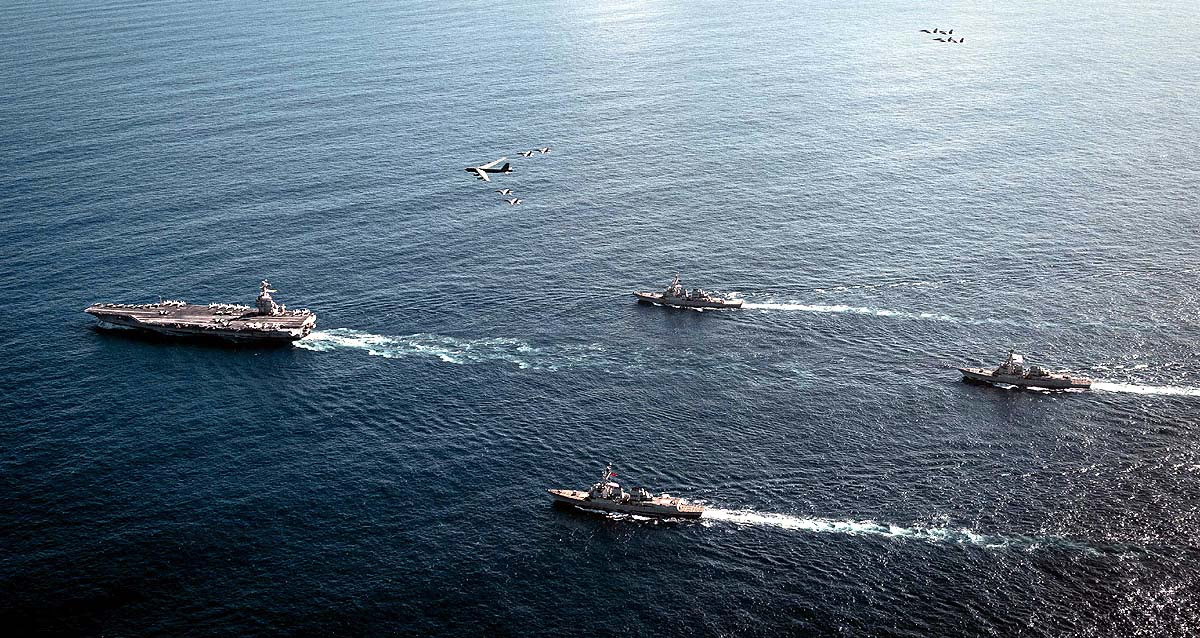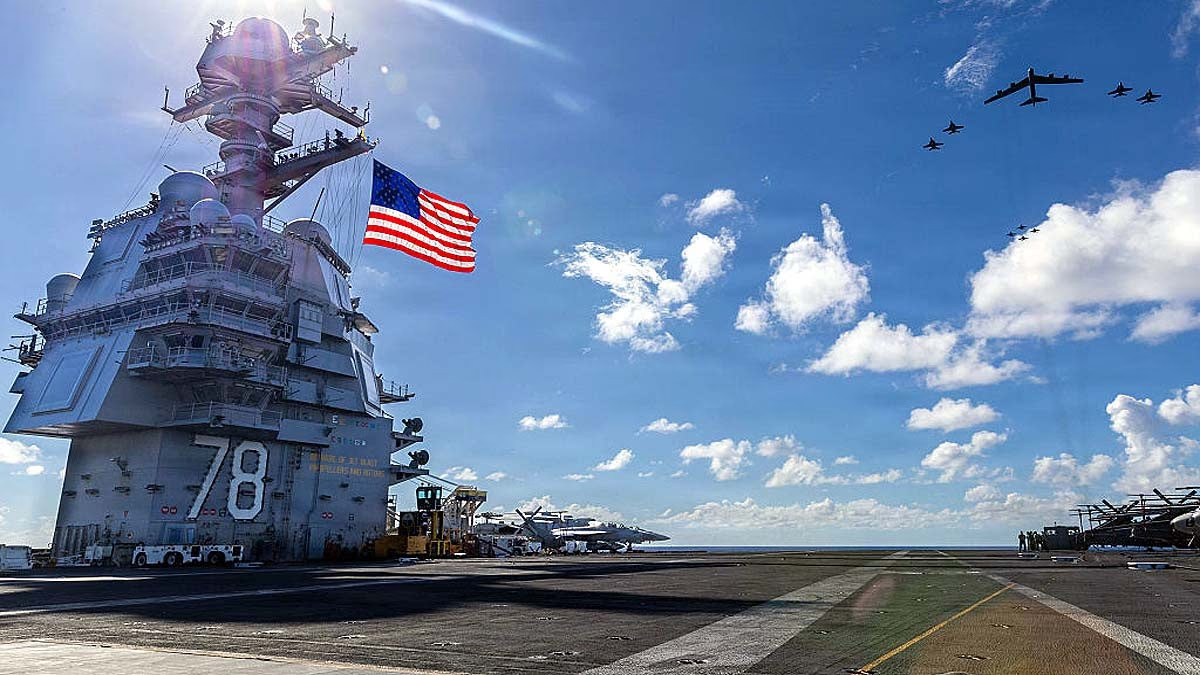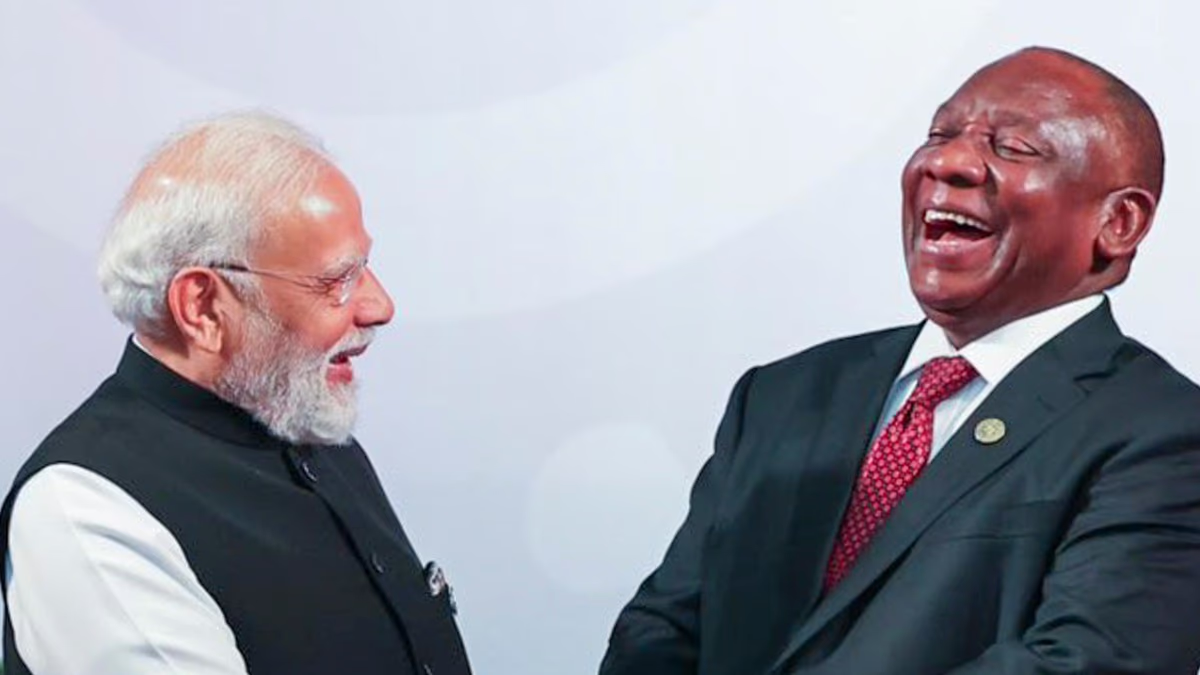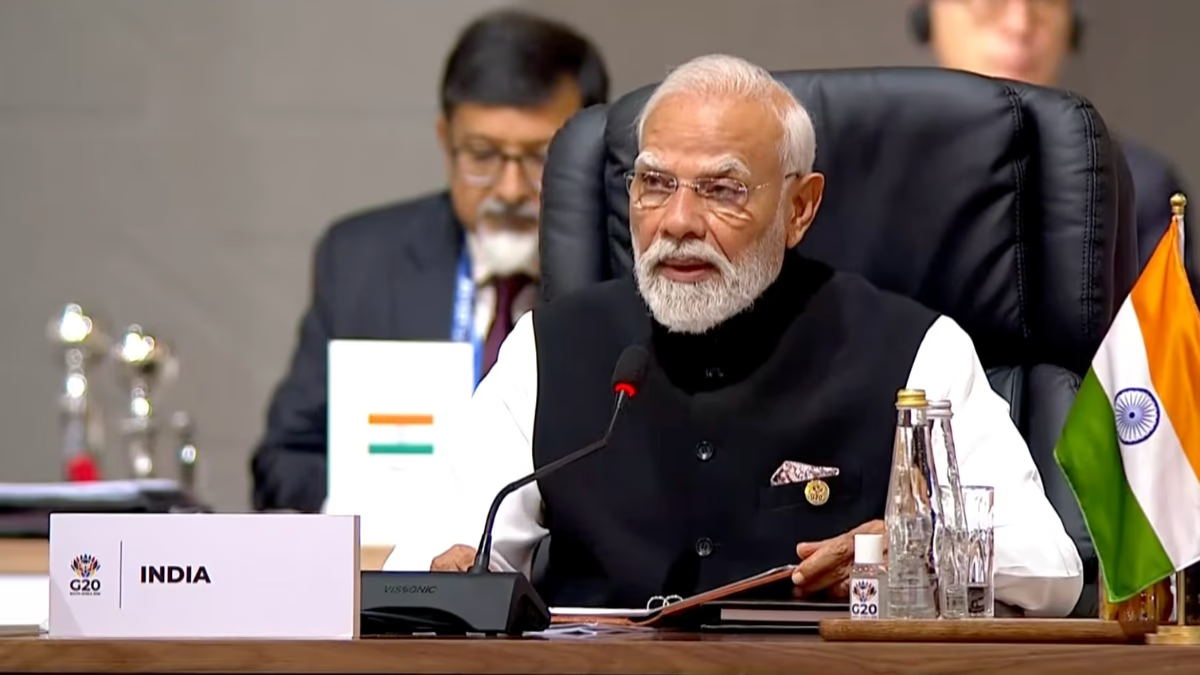President Donald Trump is adopting a tough stance against Venezuela's President Nicolas Maduro. The U.S. is contemplating a three-pronged assault on Venezuela. But will this materialize, or is it merely a strategic maneuver to apply pressure? Where is the U.S. military positioned, and how far are these locations from Venezuela? If a conflict ensues, how long could Maduro's regime last?
Trump has alleged Maduro's government involvement in drug trafficking and illegal mining. The U.S. has already targeted numerous ships off Venezuela's coast. Recently, Trump held meetings at the White House where military officials proposed options, including aerial strikes and deploying troops.
Related Reading: DRDO Develops Marine Robot to Neutralize Enemy Mines
Trump expressed openness to dialogue, yet the presence of U.S. ships in the Southern Caribbean has escalated. In response, Venezuela has put its military on high alert. Maduro asserted, "We will face the U.S.," though experts state Venezuela's military is considerably weak.
The U.S. has orchestrated a significant military buildup in the Caribbean, marking the largest in several years. Tens of thousands of troops, aircraft, and ships have been stationed. Here's an overview of the main sites and their distance from Venezuela, measured from the capital, Caracas.

Source: aajtak
Puerto Rico (U.S. Territory)
This is the primary U.S. military base, hosting thousands of troops and aircraft.
Distance: Approximately 892 kilometers from Caracas, equivalent to the distance from Delhi to Bhopal.
American fighter jets can readily reach Venezuela from here.
Trinidad and Tobago (Neighboring Country)
The U.S. Marine Corps is engaged in joint exercises with Trinidad's forces, with troops and weapons stationed.
Distance: 621 kilometers from Caracas, with the nearest point to Venezuela's coast being just 11 kilometers away.
The proximity facilitates rapid offensive capabilities.
U.S. Virgin Islands (U.S. Territory)
American ships and forces are stationed here, near Puerto Rico.
Distance: 899 kilometers from Caracas.
This serves as a naval monitoring station.
Related Reading: Heavy Snowfall at Zero Point Near China Border in Sikkim, Rain Continues for Three Days
USS Gerald R. Ford (Aircraft Carrier)
The world's largest warship, weighing 100,000 tons, can carry up to 75 aircraft.
Location: Caribbean Sea, near Venezuela, roughly 500-600 kilometers from Caracas.
Its recent arrival eases the enactment of aerial strikes.
Florida (United States)
Additional troops and aircraft are being dispatched from here, with bases near Miami.
Distance: 2,201 kilometers from Caracas, akin to the distance from Delhi to Kolkata.
Serves as a primary support base.
Other Locations
MV Ocean Trader Ship: Located 137 kilometers east of Venezuela.
Guantánamo Bay (Cuba): U.S. naval base, 1,375 kilometers from Caracas.
Total: Over 10 ships have been targeted. Additional naval vessels present.
This deployment is part of Operation Southern Spear. The U.S. claims it's to curb drug trafficking, but experts argue it’s a pressure tactic against Venezuela.
Related Reading: Tamil Nadu's Tambaram Faces Air Force Pilatus Trainer Aircraft Crash, Pilot Safe
Triple Attack Strategy: Possible Plans?
Should an attack occur, it may proceed from three directions...
From the North: Aerial offensives from Puerto Rico and USVI.
From the East: Deployment of troops from Trinidad.
From the Northwest: Maritime strikes from Florida and the carrier vessel.
These locations are proximate to Venezuela's borders. An assault could commence within 24 hours.

Source: aajtak
Experts suggest that if a comprehensive assault occurs, Maduro's administration might last only 3 to 5 days. Venezuela's military comprises merely 150,000 personnel, armed with obsolete weapons. Conversely, the U.S. boasts 2 million troops and advanced armaments. Airstrikes could devastate Maduro's bases, yet public dissent might present substantial hurdles. Some speculate it could extend to 7-10 days. Trump has remarked that Maduro's days are numbered.
Russia and China remain supporters of Maduro, whereas the U.S.'s allies are largely silent. The United Nations has called for peace. On platforms like X (formerly known as Twitter), users engage in debates. Some assert Trump will strike, while others deem it mere intimidation.




